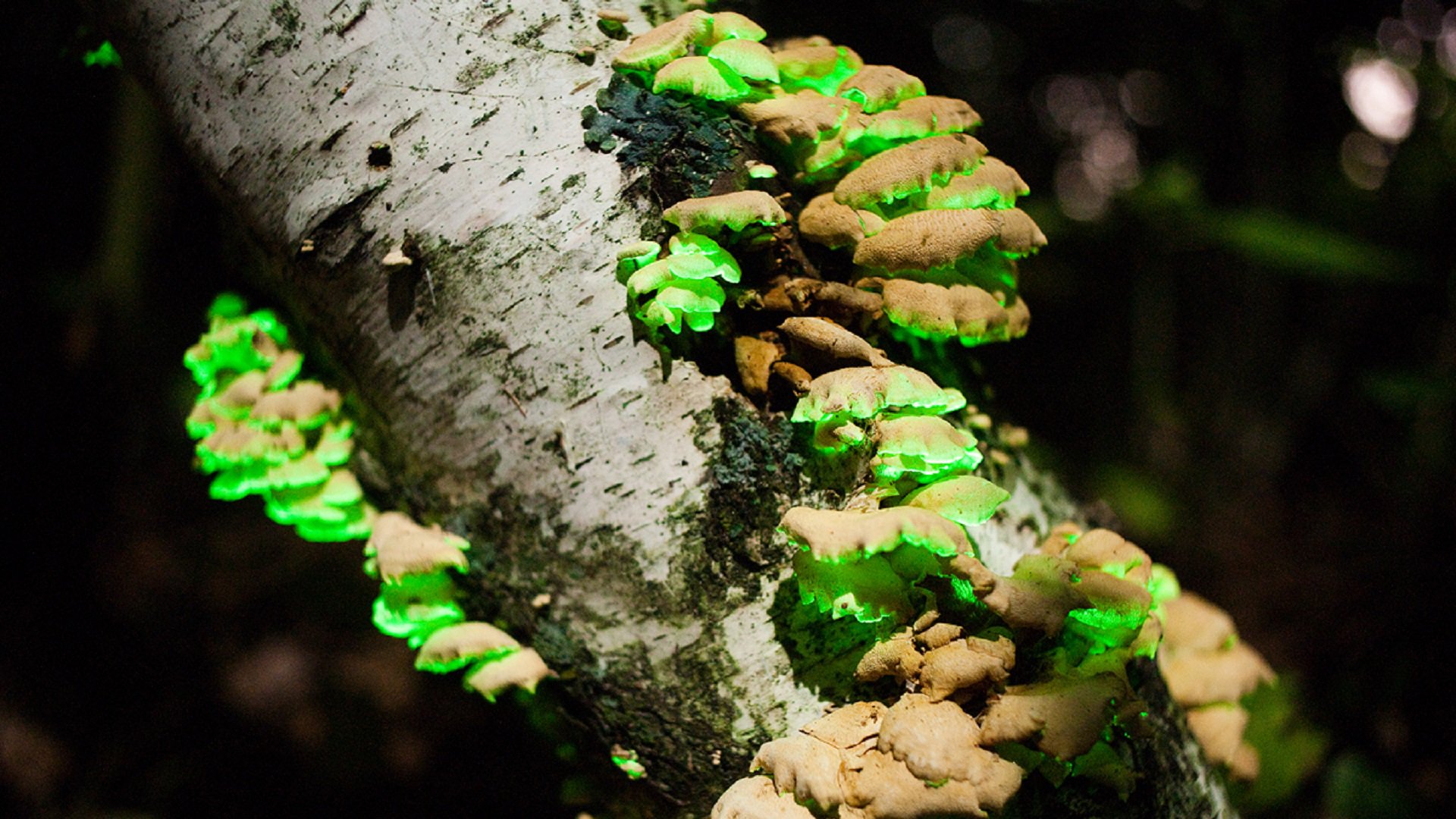Not all light comes from the sun or an LED-light. In nature, a lot of light is produced, and almost always by microbes. This is called bioluminescence, and can even be seen in the Netherlands.
Not all light comes from the sun or an LED-light. In nature, a lot of light is produced, and almost always by microbes. This is called bioluminescence, and can even be seen in the Netherlands.
Living light
This natural light is called bioluminescence. Bioluminescence is the production of light by living organisms. The light is the result of a reaction in which the pigment luciferin is oxidized under the influence of the enzyme luciferase. Oxygen is broken down and cold light is released. Scientists therefore suspect that bioluminescence originated as a method to break down oxygen and oxygen-rich molecules. Billions of years ago, there was no oxygen in the atmosphere. When cyanobacteria started photosynthesizing and pumping a lot of oxygen into the atmosphere, life for whom this oxygen was poisonous at the time had to find a way to break it down. Only later did this light reaction evolve into a way to communicate with each other, lure prey and deter predators.
Luminous together
But aren't there also animals, plants and invertebrates that produce light? The angler fish, lanternfish, and some corals and squids. Yet, this light often comes from microbes they work with. This is called symbiosis. A good example is Aliivibrio fischeri. This luminescent bacterium produces a blue-green light. Since a single bacterium would not produce enough light, they only do this when they are together in large numbers. For example, in special animal organs, such as in squids and deep-sea fish. You can see this "flashy" symbiosis in real life in Micropia.
Everlasting light in the Netherlands
You may have ever seen them in real life: luminous mushrooms. Mushrooms are the "flowers" of fungi and are intended to spread fungal spores. That is exactly what luminescent mushrooms have in mind. 71 species of luminescent mushrooms are known, often with beautiful names such as Mycena luxaeterna which means "everlasting light". Like a garden lamp, the yellow-green light from these mushrooms attracts animals and insects. The spores from the mushroom then fall on the insect and are thus spread. Luminous mushrooms are also found in the Netherlands, such as the eastern jack-o'lantern mushroom (Omphalotus illudens) and the real honey fungus (Armillaria mellea).

